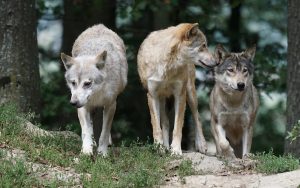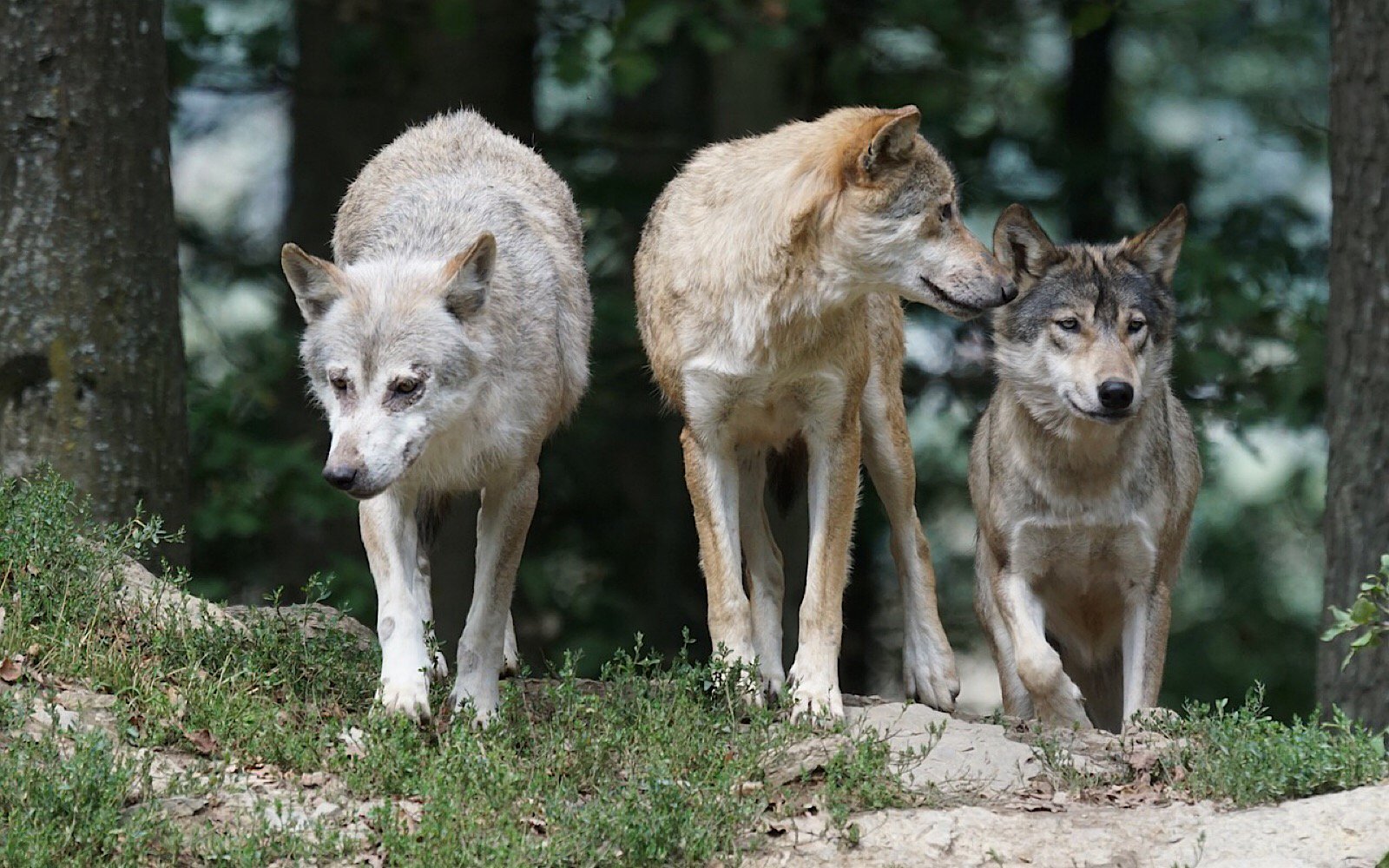
We can Stop this persecution of your Wildlife with your help.
We can Stop this persecution of your Wildlife with your help. https://continuetogive.com/protectthewolves How? Get Our Research into court in EVERY SINGLE WOLF STATE 😉 Wolves everywhere need our Help. We have the necessary research done to protect Our National Park Resources as well to establish our Proposed “Sacred Resource Protection Zone”. We have the necessary research to deal with special Interest Elected Officials. We have The Necessary Attorneys waiting for the Public to join Us, We as the Public hold the power, it is beyond time we begin putting these states in court. Join the Howl that will be heard around the World and help to Protect YOUR Children’s Resources.
No animal seems to divide public opinion as dramatically as the wolf. Down the centuries, wolves have been demonized and mythologized. They feature in our scariest fairy tales and most threatening phrases – throw someone to the wolves and you’re abandoning them to a very nasty fate. Even Theodore Roosevelt, known as the first environmentalist president of the USA, damned the wolf as “the beast of waste and destruction.” That’s pretty much the definition of a bad reputation.
As a result, wolves get mixed treatment. They are protected in some areas, hunted for sport in others, or culled because they’re seen as threats to people, livestock, and pets. Yet despite the negative stereotypes and centuries of persecution, wolf numbers are steady or rising around the world. So, what’s behind this lupine success story?
Reintroducing wolves to landscapes where they were once wiped out plays its part. The most celebrated rewilding project is in Yellowstone National Park, where 41 wolves were released between 1995 and 1997 after being killed off in the 1930s. There are now at least 108 wolves living in 11 packs here and their presence has provoked a cascade of positive environmental and geographical effects. And, despite one Congressman predicting that there would be a dead child within a year of the rewilding, not a single human has been attacked. In fact, in the USA and Canada, just two deaths have been attributed to wolves this century, but each year between 20 and 30 deaths are attributed to dog bites.
The Yellowstone rewilding project spreads the message that humans and wolves can live together but, interestingly, if you want a completely organic example of this, just look at Europe. Here, wolf populations are growing, and, as of January 2018, wolves have now been spotted in every mainland European country. This isn’t because of rewilding, but because wolves are generalists and highly adaptable. They live almost everywhere on the planet, except rainforests, and for many Europeans, they’re living right on their doorstep. A study published in the magazine Science in 2014 found that some wolves in Europe are living in suburban areas alongside up to 3,050 people per 250 acres.
In Europe, the wolves are literally at the door, and their rising numbers have sparked hostility and protests, generally from farmers and rural residents. Governments find themselves under pressure to cull wolves, but with every wolf that’s shot, even as part of a limited legal cull, the reputation of this animal suffers. Culling on any scale perpetuates the idea that wolves are a dangerous threat, and this, in turn, can lead to illegal poaching.
If wolves are going to survive and thrive, they need a positive PR job from the top, with national and state governments recognizing their worth and protecting them. In Western Europe, many countries already protect the wolf and compensate farmers financially for lost livestock. In Germany, farmers receive financial support to buy guard dogs and put up fences, and they receive compensation if livestock is lost.
Wildlife tourism is also playing its part in reinforcing the value of the wolf. The fact that tourists will pay to see and track wolves, in Yellowstone, and in countries including Canada, Sweden, Poland, and France, demonstrates their worth, generates local revenue, and dispels myths of their danger. It’s positive press for the wolf and, more than any other creature, that’s what this much-maligned animal needs.
